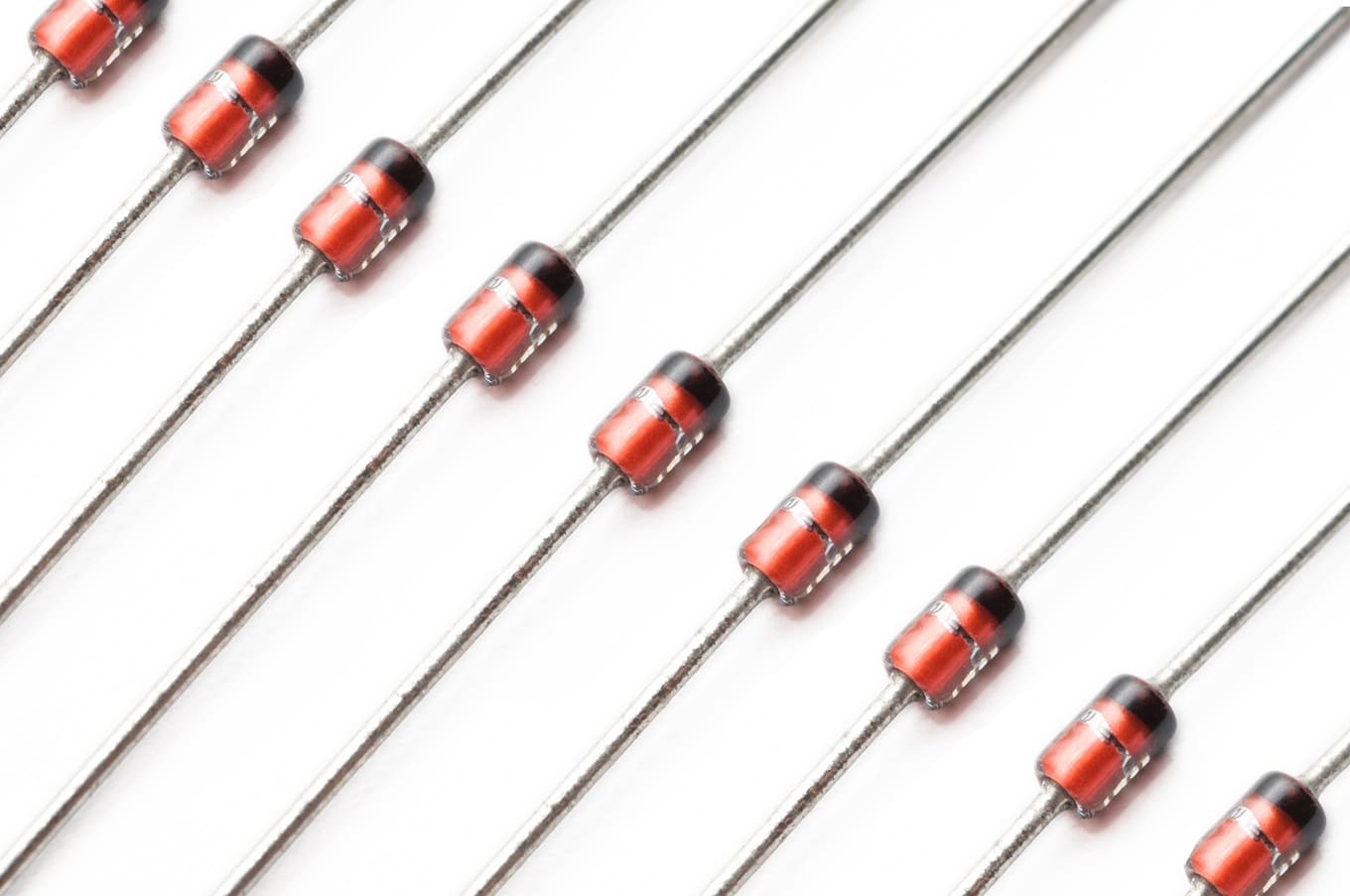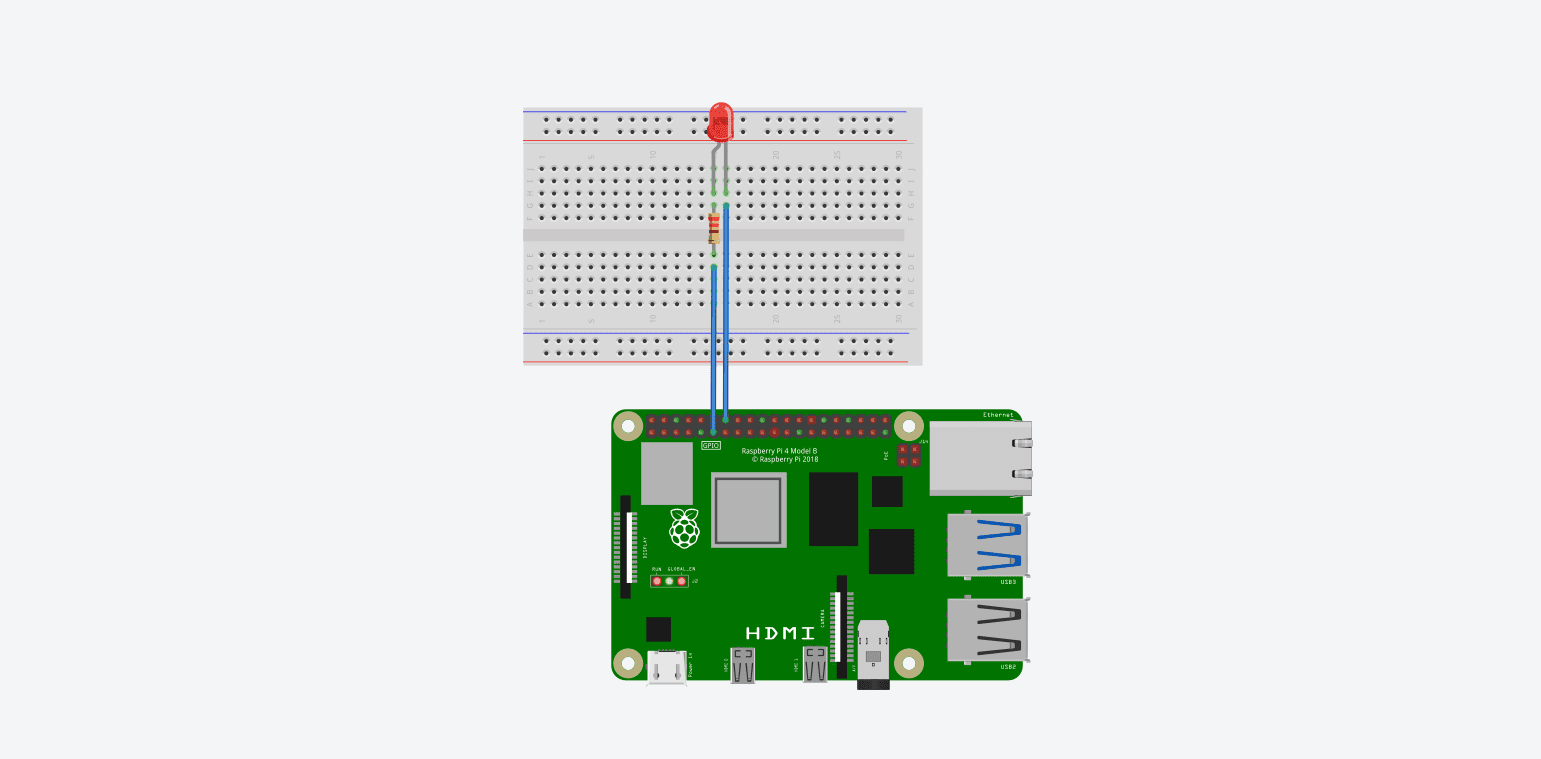In advanced 3D printing technologies such as Multi Jet Fusion (MJF) and Selective Laser Sintering (SLS), the fusing agent plays a crucial role in defining the quality and characteristics of the final product. This component, typically a material applied to the powder bed before or during the heating process, is essential for selectively binding powder particles together. This article explores the importance, functionality, and nuances of the fusing agent in 3D printing, highlighting its pivotal role in enhancing the structural integrity, detail, and functional capabilities of printed objects.
Importance of the Fusing Agent in 3D Printing
Enhanced Binding Efficiency: The fusing agent improves the energy absorption of the powder material, ensuring efficient and uniform particle bonding which is crucial for achieving high-density and strong prints.
Precision in Detail and Geometry: By controlling where and how the fusing agent is applied, printers can achieve intricate details and complex geometrical shapes with high precision, which are difficult to realize with traditional manufacturing methods.
Material Compatibility: The versatility of fusing agents allows for their use with a wide range of materials, including polymers and metals, enabling the creation of composite materials and multi-material prints.
Speed of Production: The fusing agent facilitates rapid sintering or melting of powder materials, significantly speeding up the printing process compared to methods that do not use a fusing agent.
Components Related to the Fusing Agent in 3D Printers
Application Mechanism: Includes inkjet printheads or other dispensing systems that apply the fusing agent onto the powder bed. The precision and reliability of this mechanism directly affect the quality of the print.
Control Systems: Sophisticated software controls the application pattern of the fusing agent, ensuring it is deposited in exact amounts and specific locations as required by the design of the object.
Heating Elements: Work in conjunction with the fusing agent to raise the temperature of the material to the point where the agent activates and facilitates fusing of the powder particles.
Cooling Systems: These systems control the cooling rate of the material post-application to ensure that the final properties of the material meet the required specifications.
Installation and Calibration of the Fusing Agent System
Proper Installation: Correct installation of the application mechanism is crucial to ensure the fusing agent is evenly and precisely distributed across the powder bed.
Calibration: The system must be calibrated to control the flow and placement of the fusing agent accurately, according to different materials and desired outcomes.
Testing: Extensive testing is necessary to determine the optimal application rates and patterns for different materials to achieve the best results.
Maintenance and Optimization of the Fusing Agent System
Regular Cleaning: The application mechanisms should be cleaned regularly to prevent clogging and ensure a consistent flow of the fusing agent.
System Checks: Routine checks should be performed to ensure that the dispensing system and heating elements are functioning correctly and that the software settings are optimized for current printing conditions.
Material Handling: Proper storage and handling of the fusing agent are vital to maintain its efficacy, as exposure to moisture or contaminants can alter its properties.
Firmware and Software Updates: Keeping the system’s software and firmware updated ensures compatibility with new materials and printing techniques, and can also improve the efficiency and quality of the fusing agent application.
Challenges and Solutions
Consistency in Application: Achieving a consistent application of the fusing agent can be challenging, particularly over large build areas. Advanced calibration and precise control systems can help address these issues.
Material Interaction: Different materials react differently to the fusing agent. Extensive R&D is often required to formulate fusing agents that are compatible with specific materials and achieve desired properties.
Health and Safety: Some fusing agents can be toxic or hazardous. Adequate safety measures, including proper ventilation, protective equipment, and training, are essential to ensure safe handling and application.
The fusing agent is a vital component of modern 3D printing technologies that use powder-based materials. It significantly influences the efficiency, quality, and capabilities of the printing process. Effective management and meticulous maintenance of the fusing agent system are crucial for maximizing the performance of 3D printers and ensuring the production of high-quality, durable, and precise printed products. By understanding and optimizing the function and maintenance of the fusing agent, manufacturers can achieve improved operational reliability and enhanced product quality, fully leveraging the benefits of advanced 3D printing technology.








